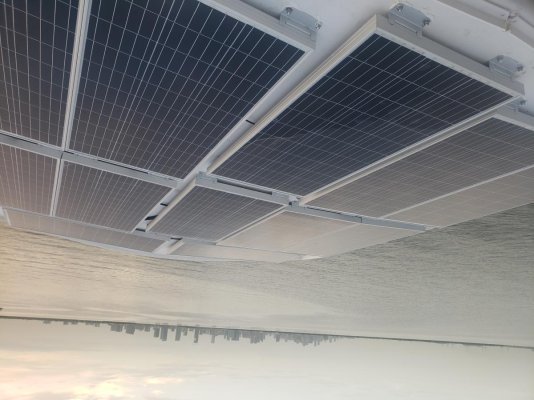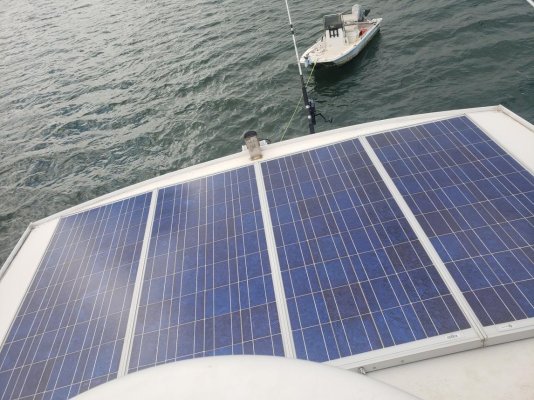I now have 1700w of solar. Every sunny day, a large portion of that is going unused. I have a 1000w water heater. Needs about 45-60min for a winter shower. Thinking I might as well use some of that excess solar power to make hot water. Two questions:
1. My inverter is an old Xantrex Freedom 10 1000w. I have run tools/appliances that are slightly over 1000w and never popped the breaker, so theoretically it should work. My question is if 1hr daily of near max capacity will eventually kill the inverter?
2. I have about 1100ah of new lead acid. If i'm pulling 85-100amps out of the bank for an hr daily, will that prematurely degrade them? Also would it make a difference if I run the water heater during the afternoon when the panels are pumping in a large portion (or possibly all) of that load?
1. My inverter is an old Xantrex Freedom 10 1000w. I have run tools/appliances that are slightly over 1000w and never popped the breaker, so theoretically it should work. My question is if 1hr daily of near max capacity will eventually kill the inverter?
2. I have about 1100ah of new lead acid. If i'm pulling 85-100amps out of the bank for an hr daily, will that prematurely degrade them? Also would it make a difference if I run the water heater during the afternoon when the panels are pumping in a large portion (or possibly all) of that load?


